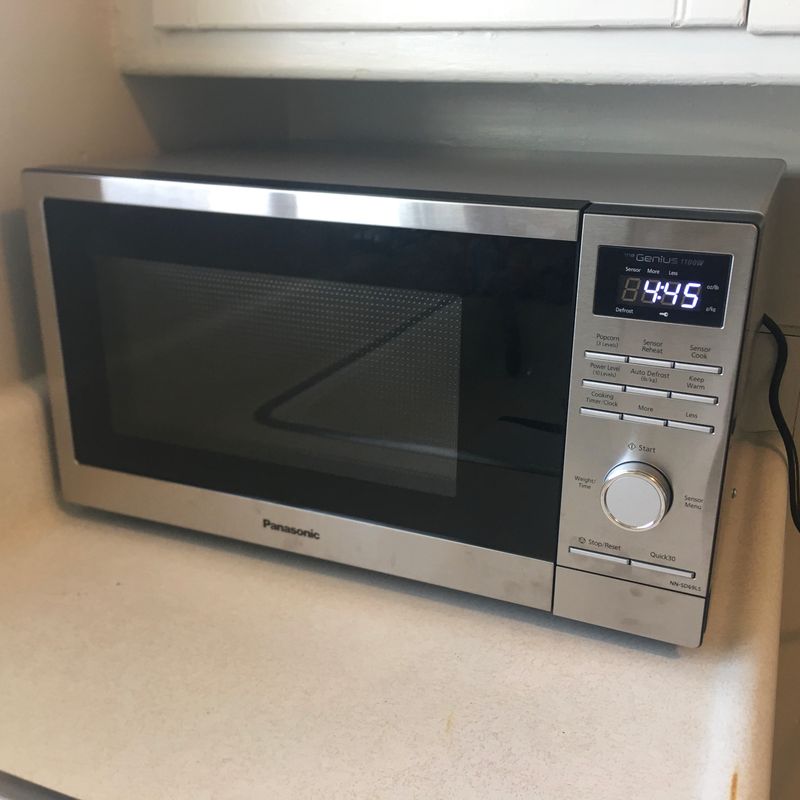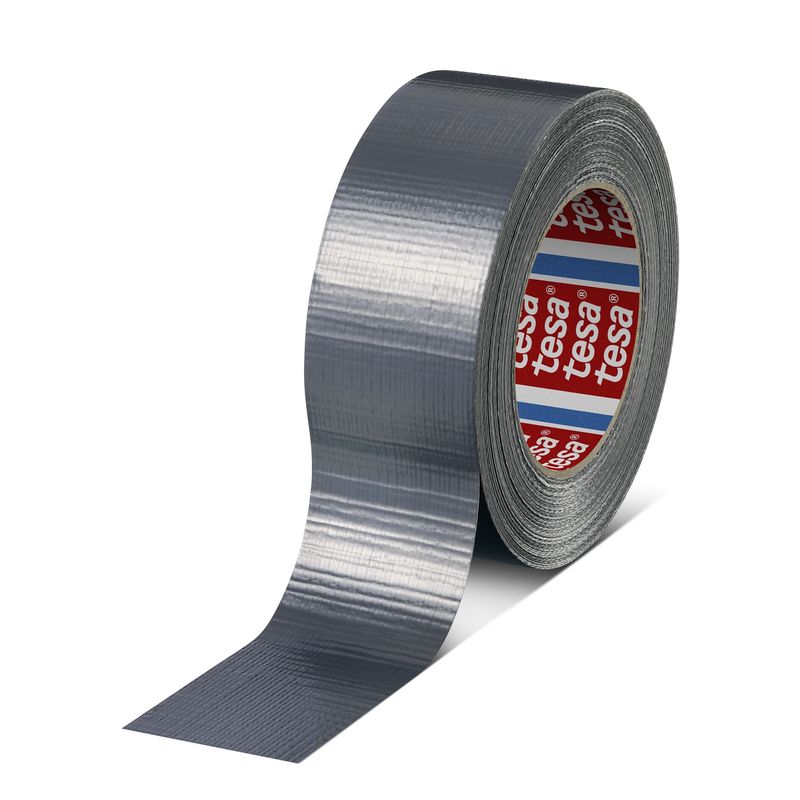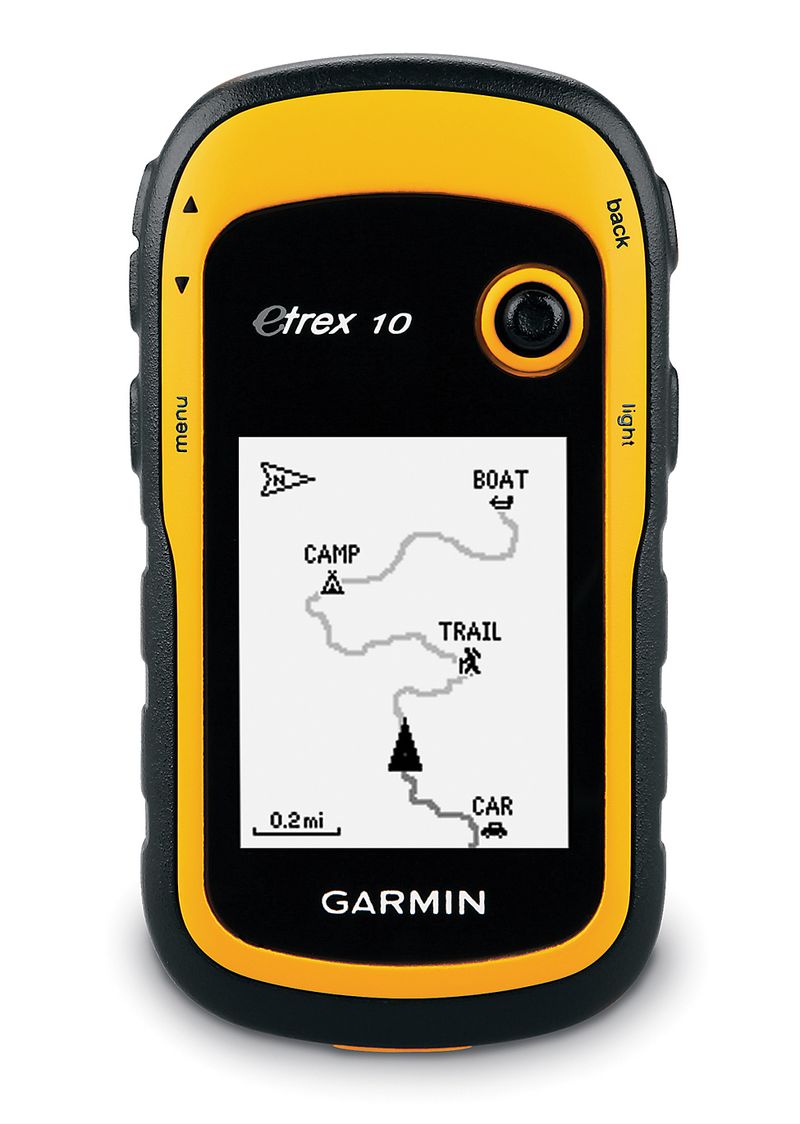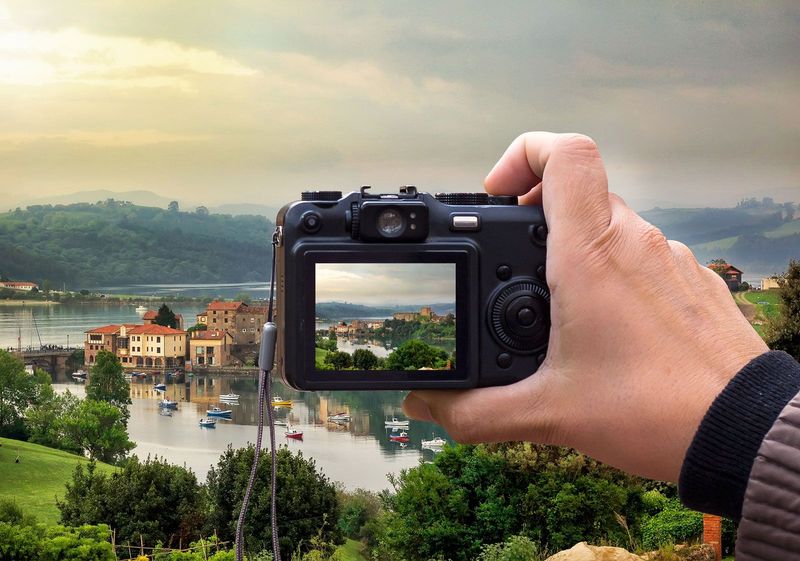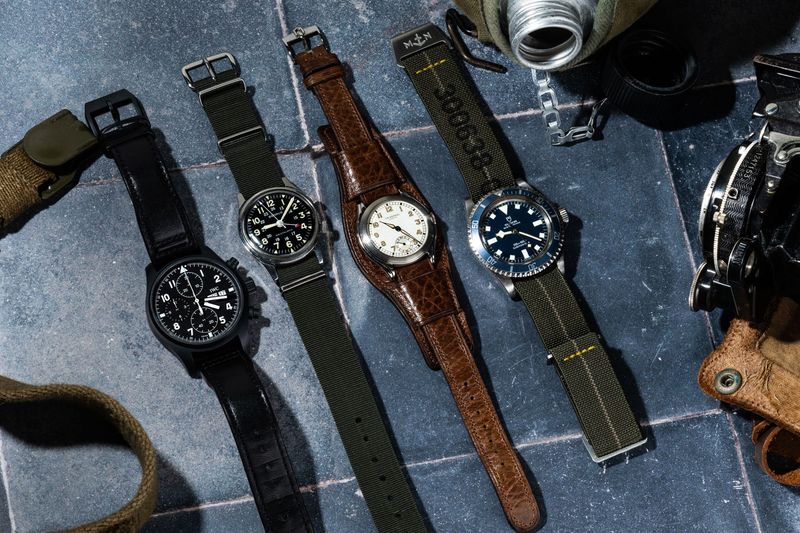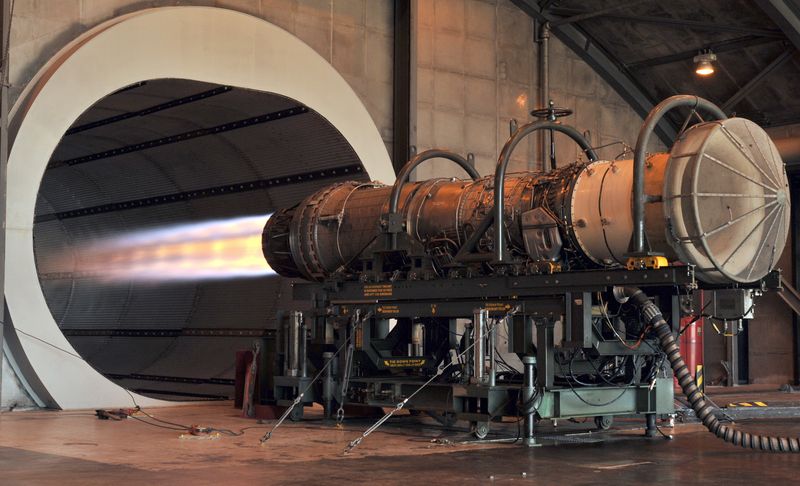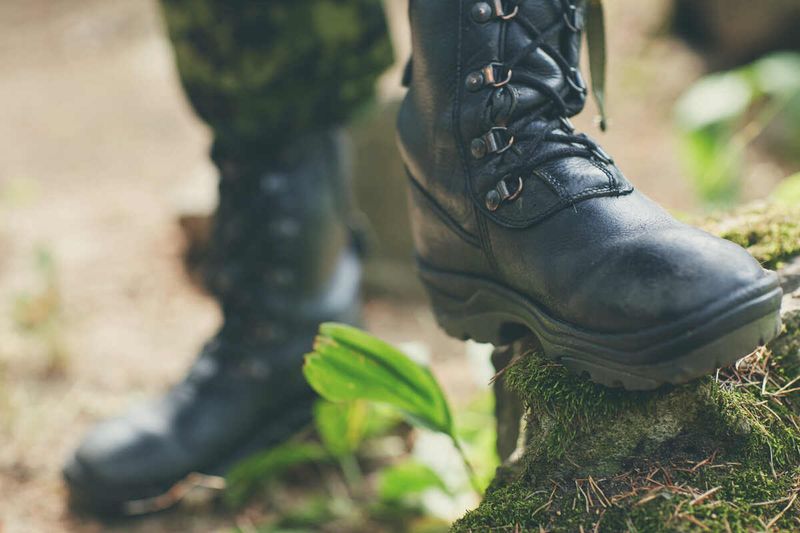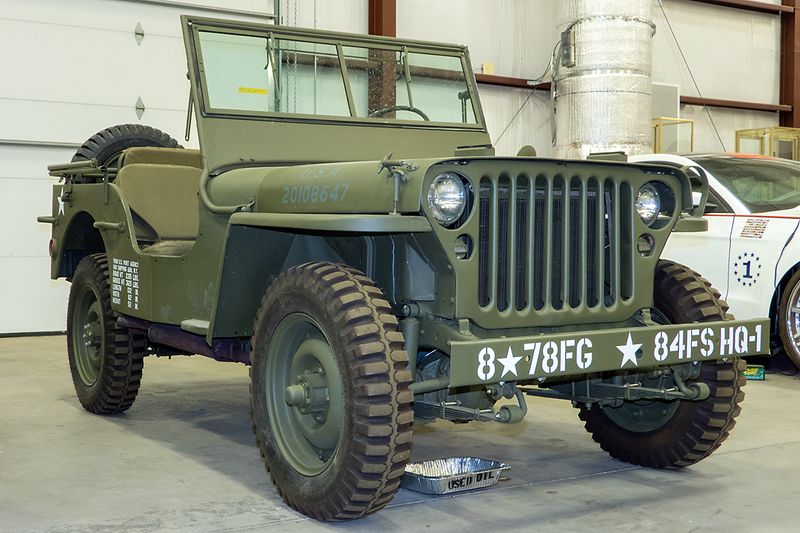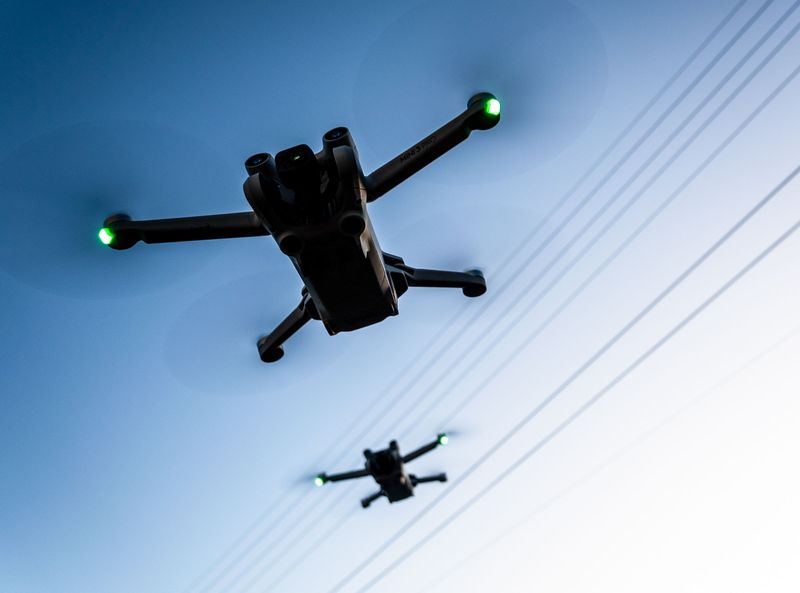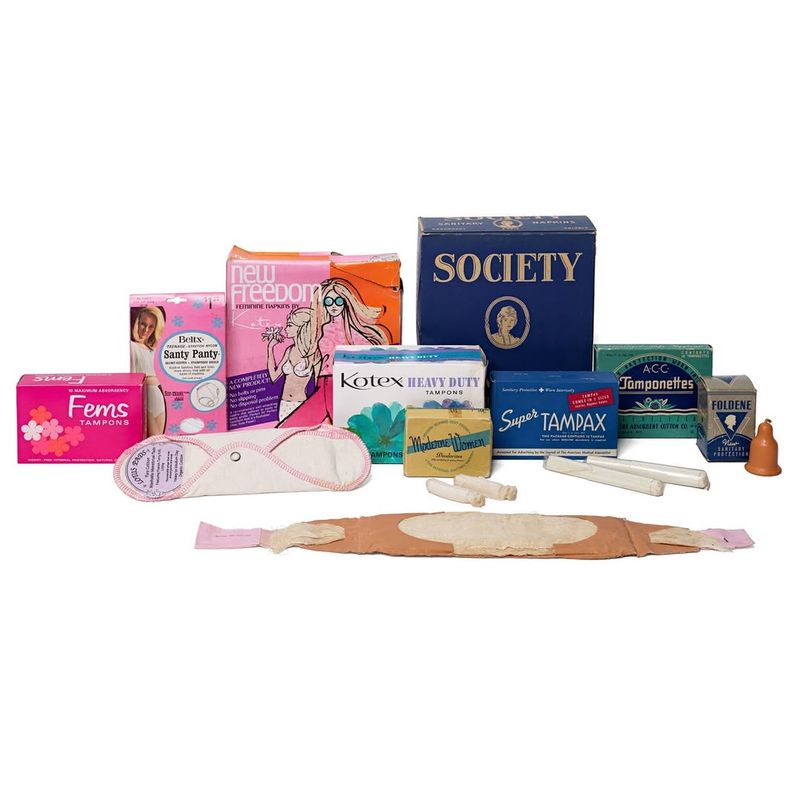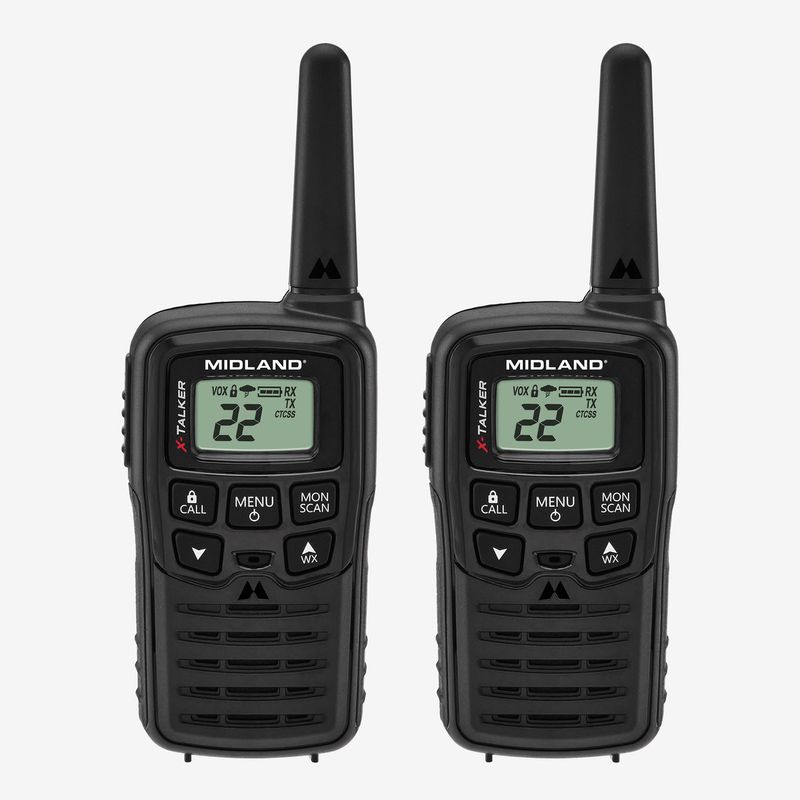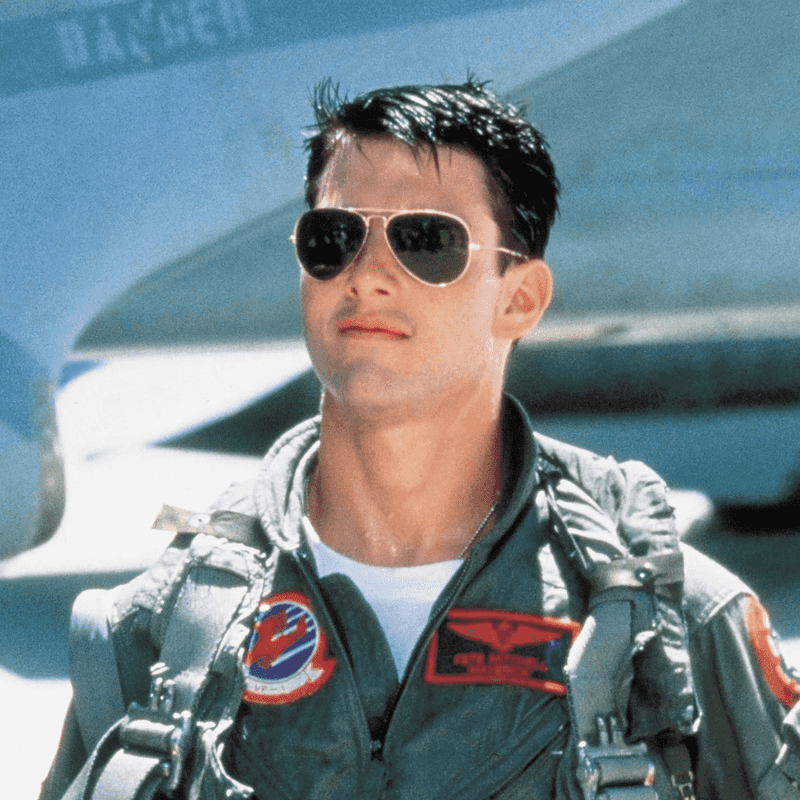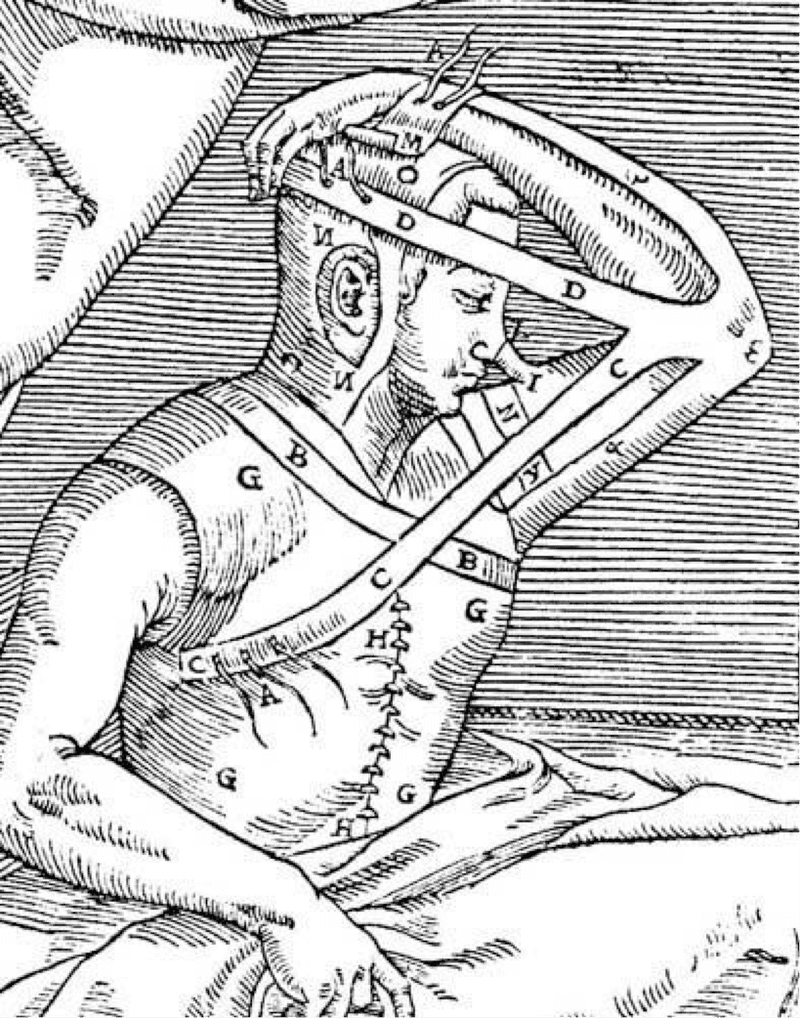Many of the everyday items we take for granted trace their origins back to military innovations.
These inventions, initially designed to meet the demands of war, have seamlessly transitioned into civilian life, offering convenience, efficiency, and improved quality of life.
From the food we eat to the technology we use, the impact of these wartime inventions is profound. This blog explores 20 such items, each with a unique history rooted in conflict, yet now serving peaceful purposes.
Discover how necessity during times of war has led to some of the most common commodities we rely on daily.
1. Microwave Oven
The microwave oven, a staple in modern kitchens, owes its existence to radar technology developed during World War II. While working on magnetrons, Percy Spencer noticed that the radar waves melted a chocolate bar in his pocket.
This serendipitous discovery led to the first commercial microwave ovens in the late 1940s. Initially, these were large and expensive, aimed primarily at commercial use.
However, as technology advanced, they became affordable for household kitchens. Today, the microwave oven is celebrated for its convenience, allowing quick and effortless meal preparation, transforming how many approach cooking daily.
2. Duct Tape
Duct tape, known for its versatility, was created by the U.S. military during World War II. Its original purpose was to seal ammunition cases, protecting them from moisture.
Made from a rubber-based adhesive applied to a durable fabric backing, it was nicknamed “duck tape” for its water-resistant properties. Soldiers quickly found alternative uses for it, leading to its popularity.
Post-war, its utility in household repairs was recognized, and it became a common tool in homes worldwide. Today, duct tape is celebrated for its strength and adaptability, used in countless DIY projects.
3. GPS (Global Positioning System)
The GPS, indispensable for modern navigation, has its roots in military technology. Developed by the U.S. Department of Defense, GPS was initially intended for precise military navigation and missile guidance.
Its accuracy revolutionized military operations, but the benefits of such technology quickly became apparent for civilian use. In the 1980s, GPS was made accessible to the public, transforming transportation and travel industries.
Today, GPS technology is embedded in smartphones, cars, and other devices, guiding millions effortlessly to their destinations and proving essential for daily logistics and planning.
4. Internet
The internet, a cornerstone of modern communication, originated from ARPANET, a project by the U.S. Defense Department. Designed to ensure secure and resilient communication, ARPANET connected several universities and research centers.
This network laid the groundwork for the internet’s development in the late 20th century. As it evolved, the internet transformed how people communicate, access information, and conduct business.
Today, it is integral to daily life, enabling global connectivity and innovation. Despite its wartime origins, the internet has become a tool for collaboration, education, and social interaction on a massive scale.
5. Aerosol Cans
Aerosol cans, commonly used for household products, were first developed for military use during World War II. The U.S. military needed a way to spray insecticides to protect soldiers from disease-carrying insects in the Pacific theater.
This innovation led to the creation of the first aerosol can, allowing easy and even distribution of the liquid.
After the war, the technology was adapted for consumer products, leading to an explosion in its use for everything from deodorants to spray paints. Aerosol cans now offer convenience and efficiency, a far cry from their original wartime purpose.
6. Digital Cameras
Digital cameras, an integral part of daily life, owe much to military advancements. Initially, technology for digital imaging was developed for reconnaissance and spy satellites, where capturing and analyzing images without film was crucial.
As the technology matured, it entered the consumer market, revolutionizing photography by eliminating the need for film processing. Today, digital cameras are embedded in smartphones, making capturing moments effortless.
They have transformed not just photography but also social media and communication, allowing instant sharing of images worldwide, showcasing their evolution from a tool of espionage to one of personal expression.
7. Canned Food
Canned food, a pantry staple, has military roots dating back to the Napoleonic Wars. To address the challenge of feeding his armies efficiently, Napoleon offered a prize for a preservation method, leading to the canning process.
The invention allowed food to be stored for long periods without spoiling, a crucial advantage for military campaigns. Post-war, canned food became popular among civilians, ensuring food security and convenience.
Today, it remains vital for its long shelf life and ease of use, illustrating how a military solution became a culinary mainstay in homes worldwide.
8. Wristwatches
Wristwatches, now a fashion accessory, gained popularity during World War I. Before the war, pocket watches were standard, but soldiers found them impractical in trench warfare.
Wristwatches provided a practical solution, allowing for coordinated attacks and movements. The war demonstrated their utility, leading to widespread adoption in civilian life post-war.
Over time, wristwatches evolved in style and functionality, becoming symbols of personal style and status.
Today, they blend traditional craftsmanship with modern technology, offering features like water resistance and smart functionalities, showcasing their journey from military necessity to everyday elegance.
9. Instant Coffee
Instant coffee, a morning staple, rose to prominence during wartime. The need to keep soldiers caffeinated on the front lines led to the mass production of instant coffee. Its convenience and long shelf life made it ideal for military rations.
After the war, its popularity soared among civilians, who appreciated its ease of preparation. Today, instant coffee continues to be favored for its quick preparation and rich flavor, offering a fast and reliable caffeine fix.
It exemplifies how a simple solution to a wartime problem became a beloved part of daily routines worldwide.
10. Freeze-Dried Food
Freeze-dried food, popular among adventurers and campers, was developed for the military. During World War II, the need for lightweight, nutrient-dense rations led to the development of freeze-drying.
This process removes moisture from food, preserving its flavor and nutrients while significantly reducing weight. Soldiers benefited from these rations on long missions. Post-war, the technology was adopted for space travel and outdoor recreation.
Today, freeze-dried food provides convenience for adventurers and emergency preparedness kits, offering long shelf life and easy preparation, demonstrating how a military innovation supports modern lifestyles.
11. Jet Engines
Jet engines, powering modern air travel, were initially designed for military aircraft. During World War II, the need for faster, more efficient planes led to the development of the jet engine.
This innovation revolutionized aviation, offering unprecedented speed and altitude capabilities. After the war, jet technology was adapted for commercial airliners, transforming global travel by drastically reducing flight times.
Today, jet engines are a cornerstone of the aviation industry, enabling millions to travel across the globe swiftly and safely, highlighting how a military advancement became a catalyst for modern connectivity.
12. Tactical Boots (Now Hiking Boots)
Tactical boots, now popular for hiking, were designed for military use. Built to withstand harsh conditions, they offered durability and support for soldiers in combat. Their design focused on comfort and protection, essential for demanding environments.
As outdoor recreation grew in popularity, these features made tactical boots ideal for hiking and other activities.
Today, they are favored by outdoor enthusiasts for their ruggedness and reliability, bridging the gap between military necessity and civilian leisure.
This evolution highlights how military innovation has enhanced personal pursuits, ensuring comfort and safety on every adventure.
13. Jeep (Now SUVs)
Jeeps, synonymous with off-road capability, originated from military needs during World War II. Designed for versatility and durability, they served as reconnaissance and transport vehicles.
The war demonstrated their effectiveness in rough terrain, leading to their post-war adaptation for civilian use. The robust design inspired the development of Sport Utility Vehicles (SUVs), which offer similar versatility for everyday drivers.
Today, SUVs dominate the automotive market, providing space, comfort, and off-road capabilities, reflecting how military engineering has influenced modern vehicle design, making adventure accessible to all.
14. Drones
Drones, known for their versatility, originated from military applications. Initially used for surveillance and airstrikes, drones provided strategic advantages by minimizing human risk.
As technology advanced, drones found civilian applications in filmmaking, agriculture, and delivery services. Their ability to capture aerial footage transformed media production, while their use in logistics promises to revolutionize delivery systems.
Today, drones are accessible to hobbyists and professionals alike, exemplifying a shift from military exclusivity to widespread civilian adoption, allowing for creative and practical applications in various fields.
15. Penicillin
Penicillin, a groundbreaking antibiotic, was mass-produced during World War II to treat infections among soldiers. Discovered by Alexander Fleming in 1928, penicillin’s potential was recognized during the war, leading to accelerated production efforts.
Its effectiveness in treating bacterial infections revolutionized medicine, significantly reducing mortality rates. Post-war, penicillin became widely available, transforming healthcare and saving countless lives.
Today, it remains a cornerstone of antibiotic therapy, illustrating how a wartime breakthrough continues to impact public health, underscoring the lasting benefits of medical advancements driven by military necessity.
16. Sanitary Napkins (Modern Feminine Pads)
Sanitary napkins, essential for women, trace their origins to World War I battlefield bandages. Nurses discovered that the cellulose used in bandages was highly absorbent, leading to its adaptation for personal use.
This innovation provided a new level of comfort and hygiene for women, paving the way for modern feminine hygiene products. Today, sanitary napkins are a vital part of women’s health, offering convenience and reliability.
The journey from battlefield to daily life highlights how practical wartime solutions have addressed personal needs, significantly enhancing quality of life for countless individuals.
17. Walkie-Talkies
Walkie-talkies, known for portable communication, were developed for military use. During World War II, they allowed troops to communicate across distances without wires.
This innovation proved invaluable for coordinating movements and operations. After the war, walkie-talkies became popular among civilians for recreational activities like camping and hiking.
Today, they are appreciated for their reliability and ease of use, offering a simple communication solution in areas without cell coverage.
Their transition from military tool to civilian convenience exemplifies how wartime technology has enriched everyday experiences and outdoor adventures.
18. Sunglasses (Aviators)
Aviator sunglasses, a fashion staple, were designed for pilots during World War II. Their large lenses offered optimal coverage, reducing glare at high altitudes, crucial for pilots’ vision and concentration.
The style quickly gained popularity, transcending its military origins to become a civilian fashion trend. Today, aviators are a symbol of style and sophistication, worn by celebrities and fashion enthusiasts worldwide.
Their enduring appeal highlights how military needs have influenced fashion, creating iconic designs that continue to capture the public’s imagination and enhance personal style.
19. Superglue
Superglue, known for its strong bonding properties, was accidentally discovered during World War II. While researching clear plastic gun sights, scientists found a substance that adhered to almost anything.
Although not suitable for its original purpose, it was later marketed as a powerful adhesive. Today, superglue is a household staple, used for quick repairs and crafting projects.
Its ability to bond a wide variety of materials makes it indispensable in everyday life. The journey from wartime research to household essential highlights the unexpected ways military innovations can benefit civilian life.
20. Plastic Surgery
Plastic surgery, a field of medical expertise, saw significant advancements during wartime. Initially, techniques were developed to reconstruct the faces of soldiers disfigured in battle.
Surgeons like Harold Gillies pioneered methods that laid the foundation for modern reconstructive and cosmetic surgery. Post-war, these techniques were refined and expanded for civilian use.
Today, plastic surgery enhances both appearance and function, offering solutions for various medical conditions and aesthetic desires.
This evolution from battlefield necessity to mainstream medical practice underscores how military challenges have spurred innovations that continue to enrich lives worldwide.

